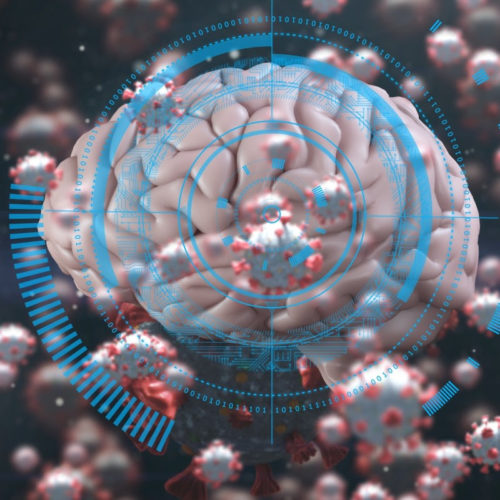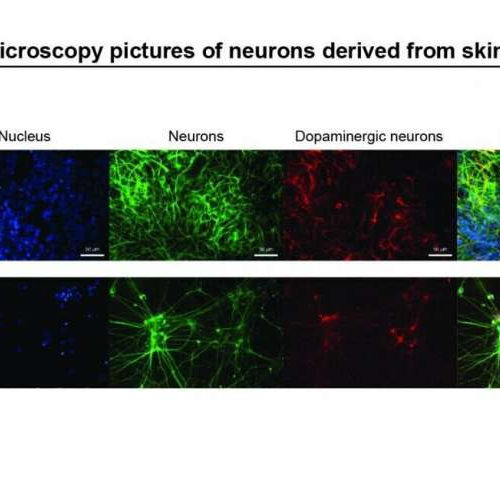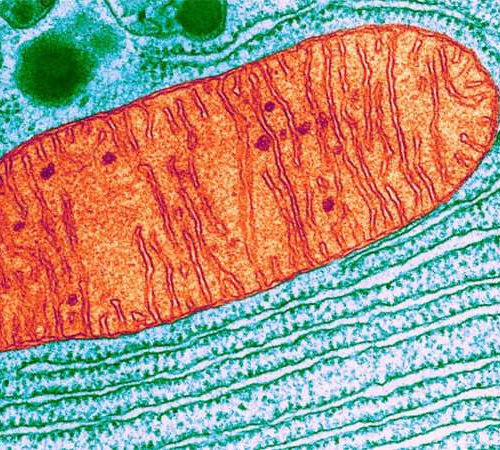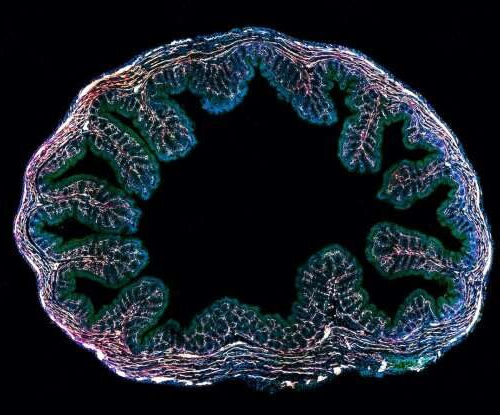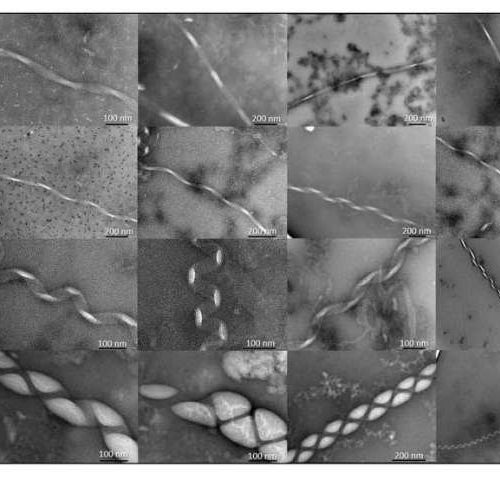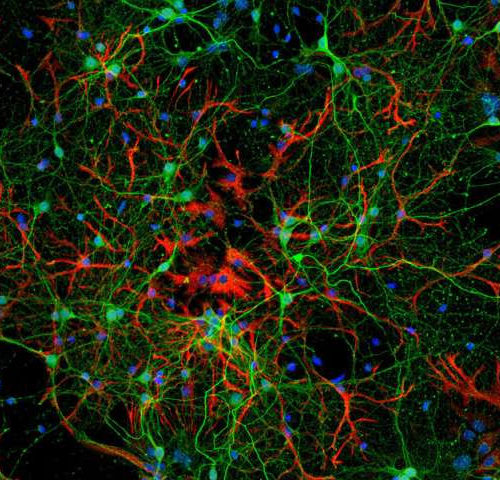By Rich Haridy, September 22, 2020 The team of neuroscientists suggest there is evidence catching COVID-19 could increase one’s risk of developing Parkinson’s disease A new article from a team of neuroscientists at the Florey Institute of Neuroscience & Mental Health is warning a future ‘silent wave’ of neurodegenerative disease may be spawned by the...
Tag: <span>Parkinson’s disease</span>
Using AI/IoT and robotics for ultra-early diagnosis and rehabilitation in Parkinson’s disease
Parkinson’s disease is a disease where motor function is impaired due to the degeneration of nerve cells. At Tokyo Tech, researchers in materials science, ultra-sensitivity sensing, measurement, diagnosis, and rehabilitation are collaborating to develop ways of detecting Parkinson’s disease and support rehabilitation. Two innovations showing particular promise are a measurement device for predicting disease severity based on...
Stem cell research delivers new points of attack against Parkinson’s disease
by University of Luxembourg Microscopy pictures of neurons derived from skin cells. Credit: University of Luxembourg In a seven-year research effort, an international team of scientists has clarified the cause for certain genetic forms of Parkinson’s disease, and has identified potential pharmacological treatments. The interdisciplinary research team, led by Prof. Rejko Krüger, of the Luxembourg Centre...
Scientists look to cell recycling tools for new ways to treat Parkinson’s disease
by Vanessa Wasta, Johns Hopkins University Photomicrograph of a mitochondrion, the energy-generating powerhouse in a human cell. Johns Hopkins Medicine researchers are studying how to recycle these organelles and perhaps, lead to new treatments for Parkinson’s disease. Credit: University of Wisconsin-Madison College of Agricultural and Life Sciences Researchers at Johns Hopkins Medicine are taking a...
A single-cell atlas of nerve cells in the gut reveals web of connections
by Karen Zusi, Broad Institute of MIT and Harvard Cross-section of mouse tissue expressing GFP (green) in all ENS nuclei, and tdTomato (red) in all ENS cells (neurons and glia). The section is also stained with DAPI (blue) to mark all nuclei and an anti-TUBB3 antibody (white) to mark all neurons. Credit: Eugene Drokhlyansky, Chris...
New research offers hope for treating Parkinson’s disease
Reviewed by James Ives, M.Psych. (Editor) The American Academy of Neurology (AAN) has published, on August 12, the results of a research project conducted jointly by Cardiocentro Ticino and the EOC Neurocentro, which delivers a message of hope in the fight against Parkinson’s disease, as well as providing encouraging news for the USI Faculty of...
Unique protein structures could hold the key to Parkinson’s disease
by University of Bath Scientists at the University Bath have discovered a series of protein structures that are thought to be highly relevant to the onset of Parkinson’s disease. It is hoped that further analysis of these structures will open up a new avenue for potential treatment for a disease that is the fastest growing...
Study uncovers the molecular events by which popular antidepressants work
by Rockefeller University Some highly effective medications also happen to be highly mysterious. Such is the case with the antidepressant drugs known as selective serotonin reuptake inhibitors, or SSRIs: They are the most common treatment for major depression and have been around for more than 40 years, yet scientists still do not know exactly how...
Probe detects the destruction of defective mitochondria
by RIKEN Figure 1: Colored transmission electron micrograph of a single mitochondrion in a human pancreas cell. RIKEN researchers have developed a fluorescent probe that can detect the programmed death of defective mitochondria in the lysosomes. Credit: K.R. PORTER/ SCIENCE PHOTO LIBRARY A versatile probe that can detect with pinpoint accuracy the programmed destruction of...
Should you really be behind the wheel after concussion?
AMERICAN ACADEMY OF NEUROLOGY MINNEAPOLIS – Even after all of their symptoms are gone, people who have had a concussion take longer to regain complex reaction times, the kind you need in most real-life driving situations on the road, according to a preliminary study released today that will be presented at the American Academy of...

